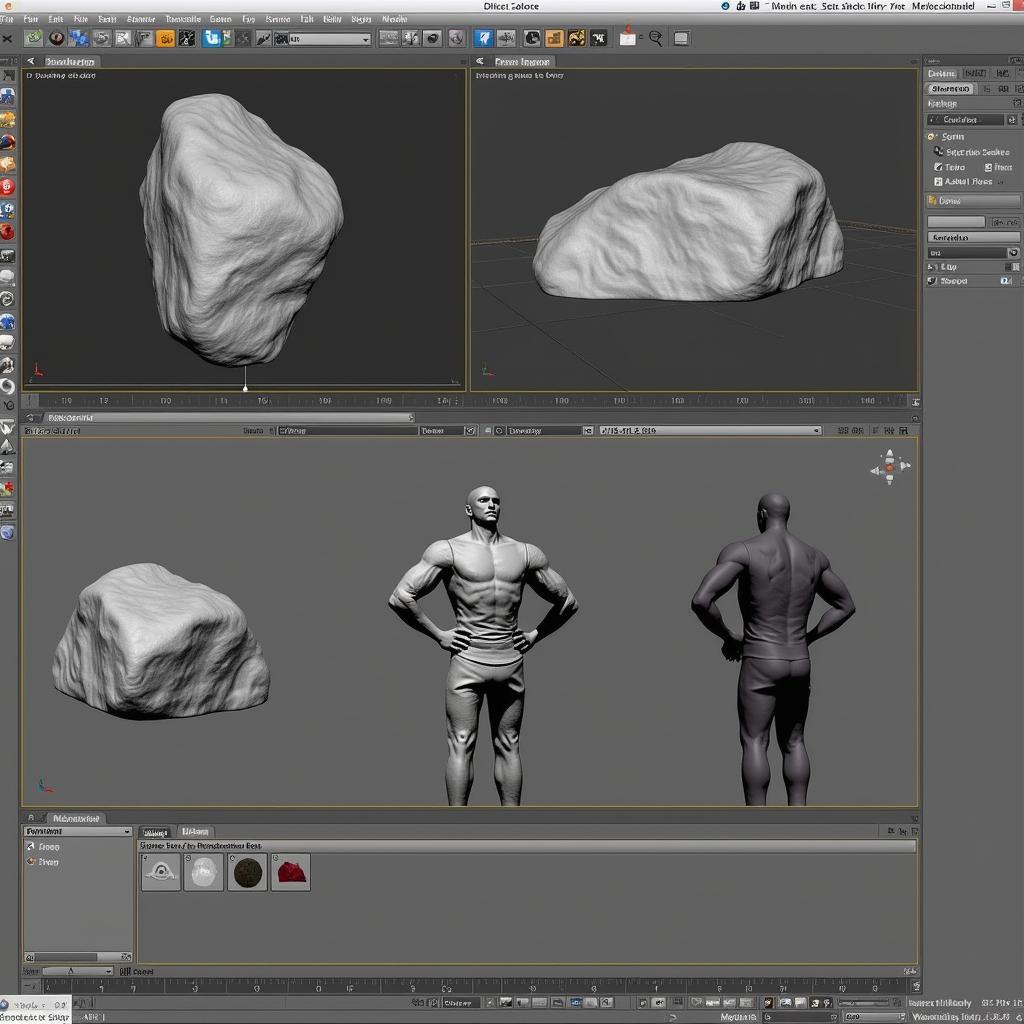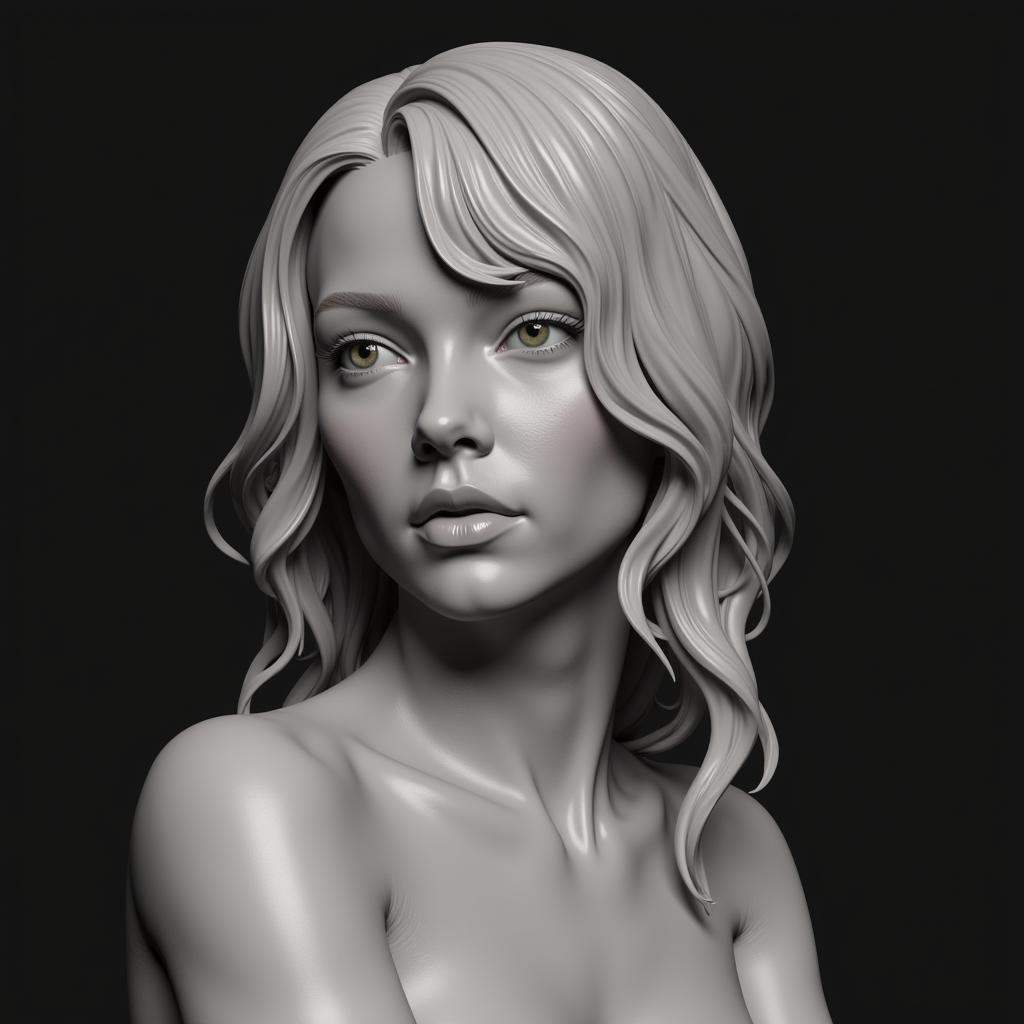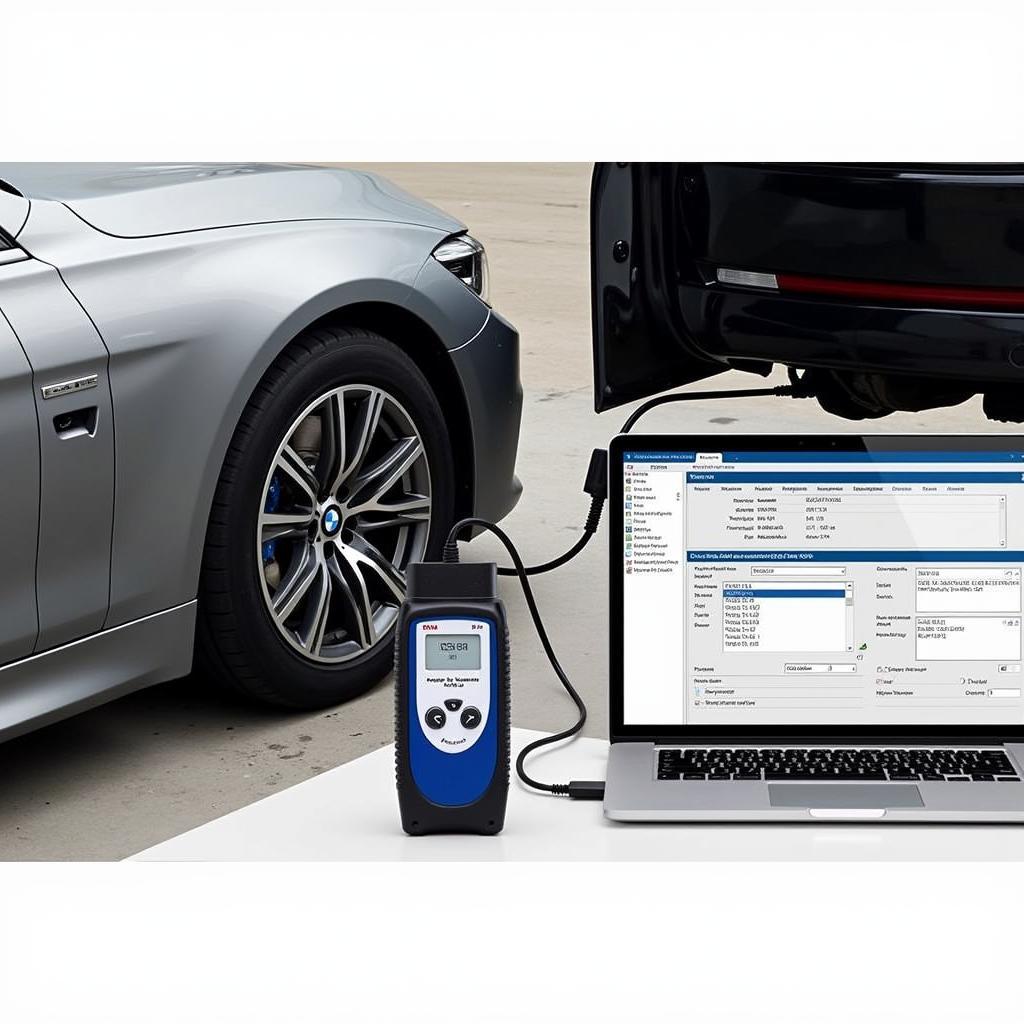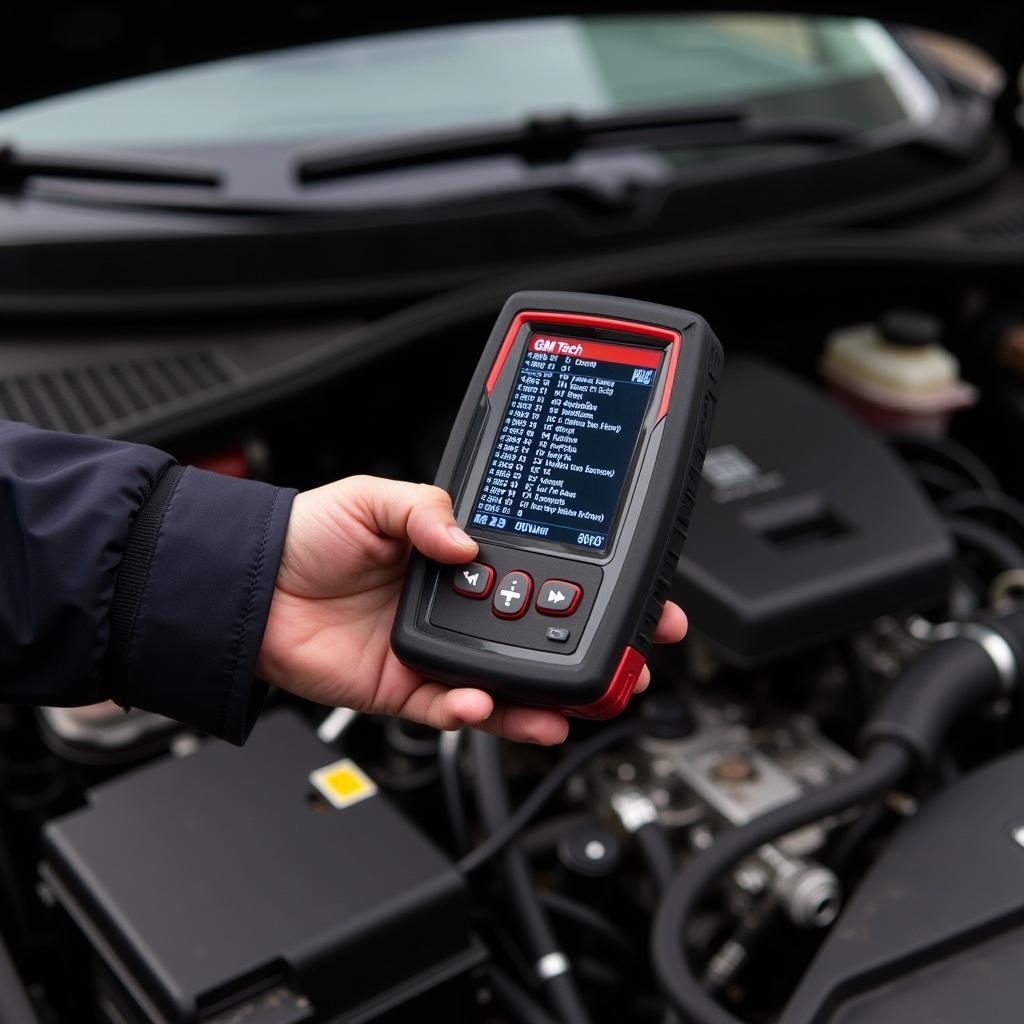Creating custom sculpting tools in Blender using photo scans opens up a world of possibilities for digital artists. This technique allows you to translate real-world textures and forms directly into your digital workflow, offering unparalleled realism and detail. Whether you’re sculpting characters, creatures, or environments, learning to leverage photo scans for tool creation can significantly enhance your artistic process.
Photogrammetry for Sculpting Tools: A Powerful Combination
Blender’s powerful sculpting tools combined with the accuracy of photogrammetry provides a unique approach to digital art. Photo scans, created through photogrammetry, capture the intricate details of real-world objects, translating them into 3D models. These models can then be used as sculpting tools within Blender, allowing you to imprint realistic textures and shapes onto your digital creations. This technique is particularly useful for creating detailed surfaces like skin, wood, or rock.
Understanding the Workflow
The process of creating sculpting tools with photo scans generally involves these steps: capturing photographs of your subject, processing them using photogrammetry software, importing the resulting 3D model into Blender, and then using it as a sculpting tool. Each step requires careful attention to detail to achieve optimal results.
- Capture: Take multiple overlapping photographs of your subject from various angles. Ensure even lighting and a clean background for best results.
- Process: Use photogrammetry software to generate a 3D model from your photographs. Popular options include Meshroom, RealityCapture, and Metashape.
- Import: Import the processed 3D model into Blender. Ensure the scale and orientation are correct for your project.
- Sculpt: Use the imported model as a brush or stencil within Blender’s sculpting workspace. Experiment with different brushes and settings to achieve the desired effect.
 Blender Photogrammetry Sculpting Tool Creation
Blender Photogrammetry Sculpting Tool Creation
Choosing the Right Photogrammetry Software
Choosing the right photogrammetry software is crucial for creating high-quality sculpting tools. Some popular options offer free trials or open-source versions, making them accessible to beginners. Consider factors like ease of use, processing speed, and output quality when making your selection.
- Meshroom: An open-source option offering a comprehensive set of features.
- RealityCapture: A powerful, industry-standard solution known for its high-quality results.
- Metashape: Another popular choice offering a balance of performance and affordability.
“Choosing the right software depends on your specific needs and budget,” says John Smith, 3D Artist at Pixel Perfect Studios. “Experimenting with different options can help you find the best fit for your workflow.”
Optimizing Your Photo Scans for Blender
Before using your photo scan as a sculpting tool, optimization is key. A high-poly model can significantly impact Blender’s performance, making sculpting difficult. Decimation and retopology techniques can help reduce polygon count without sacrificing detail.
Decimation and Retopology
Decimation reduces the number of polygons in a model while preserving its overall shape. Retopology involves creating a new, lower-poly mesh based on the original high-poly model. Both techniques can be performed within Blender or specialized software.
- Decimation: Use Blender’s decimation modifier or dedicated tools like Instant Meshes.
- Retopology: Utilize Blender’s retopology tools or software like ZBrush for more complex models.
Creating Custom Brushes
Once optimized, your photo scan can be converted into a custom brush within Blender. This allows you to apply the scanned texture and shape directly onto your sculpted model. Experiment with different brush settings to achieve various effects.
“Creating custom brushes from photo scans can significantly speed up your workflow and add a level of realism that’s difficult to achieve otherwise,” advises Sarah Johnson, Lead Sculptor at Digital Forge.
Advanced Techniques: Multiresolution Sculpting and Detailing
Combine the power of photo scan-based sculpting tools with Blender’s multiresolution sculpting capabilities for intricate details. Multiresolution sculpting allows you to work on different levels of detail, adding fine details without affecting the overall form.
 Blender Multiresolution Sculpting with Photo Scanned Tools
Blender Multiresolution Sculpting with Photo Scanned Tools
Material Application and Texture Painting
After sculpting, utilize texture painting and material application to further enhance the realism of your model. Photo scans can also be used to create custom textures, adding another layer of detail to your work.
Conclusion: Unlocking New Creative Possibilities with Photo Scans
Blender Make Sculpting Tools With Photo Scans opens up a new world of possibilities for digital sculpting. By leveraging the power of photogrammetry, you can create highly detailed and realistic sculpting tools that enhance your workflow and elevate your artistic creations. Whether you’re a beginner or an experienced sculptor, incorporating photo scans into your toolkit can bring your digital art to the next level. Contact us at ScanToolUS for any assistance, at +1 (641) 206-8880 or visit our office at 1615 S Laramie Ave, Cicero, IL 60804, USA.
FAQ:
- What is photogrammetry?
- What software can I use for photogrammetry?
- How do I import a photo scan into Blender?
- How can I optimize a photo scan for sculpting?
- What are the benefits of using photo scans for sculpting tools?
- How do I create a custom brush in Blender from a photo scan?
- What are some advanced techniques for using photo scans in Blender sculpting?


